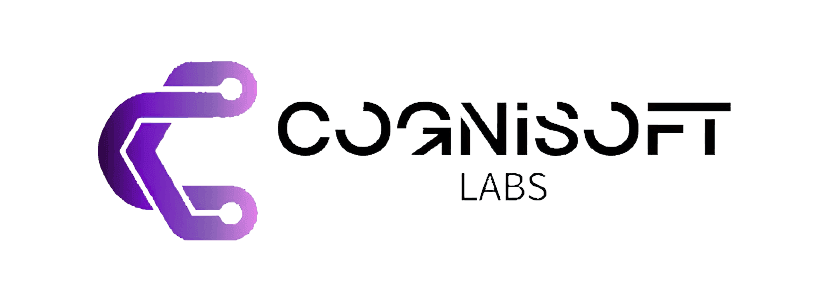Best Practices for Web Scraping: Avoiding Common Pitfalls with CogniSoft Labs
Web scraping is a powerful tool for extracting data from websites, but it can be a complex and time-consuming process. At CogniSoft Labs, we understand the importance of web scraping and have developed expertise in this area. In this article, we will share our best practices for web scraping and how to avoid common pitfalls.
Understanding Web Scraping
Web scraping involves using software or algorithms to extract data from websites. This data can be used for a variety of purposes, including market research, competitor analysis, and data-driven decision making.
Common Pitfalls in Web Scraping
While web scraping can be a powerful tool, there are several common pitfalls to avoid. These include:
- Over-scraping, which can lead to IP blocking and damage to the website being scraped.
- Under-scraping, which can result in incomplete or inaccurate data.
- Scraping sensitive data, which can lead to legal and ethical issues.
Best Practices for Web Scraping
To avoid these common pitfalls, it’s essential to follow best practices for web scraping. These include:
- Respecting website terms of service and robots.txt files.
- Using rotating proxies to avoid IP blocking.
- Implementing data validation to ensure accuracy and completeness.
Conclusion
Web scraping is a powerful tool for extracting data from websites, but it requires careful planning and execution to avoid common pitfalls. By following best practices and respecting website terms of service, you can ensure that your web scraping efforts are successful and efficient.
Understanding Web Scraping
Web scraping involves using software or algorithms to extract data from websites. This data can be used for a variety of purposes, including market research, competitor analysis, and data-driven decision making.
Common Pitfalls in Web Scraping
While web scraping can be a powerful tool, there are several common pitfalls to avoid. These include:
- Over-scraping, which can lead to IP blocking and damage to the website being scraped.
- Under-scraping, which can result in incomplete or inaccurate data.
- Scraping sensitive data, which can lead to legal and ethical issues.
Best Practices for Web Scraping
To avoid these common pitfalls, it’s essential to follow best practices for web scraping. These include:
- Respecting website terms of service and robots.txt files.
- Using rotating proxies to avoid IP blocking.
- Implementing data validation to ensure accuracy and completeness.
Tools and Techniques for Web Scraping
There are several tools and techniques that can be used for web scraping, including:
- Beautiful Soup, a Python library for parsing HTML and XML documents.
- Scrapy, a Python framework for building web scrapers.
- Selenium, a tool for automating web browsers.
Conclusion
In conclusion, web scraping is a powerful tool for extracting data from websites, but it requires careful planning and execution to avoid common pitfalls. By following best practices and respecting website terms of service, you can ensure that your web scraping efforts are successful and efficient.
At CogniSoft Labs, we have extensive experience in web scraping and can help you navigate the complexities of this process. Our team of experts can assist you in developing a web scraping strategy that meets your needs and helps you achieve your goals.
**Get in touch with us today** to learn more about our web scraping services and how we can help you unlock the power of data.
**Additional Resources:**
